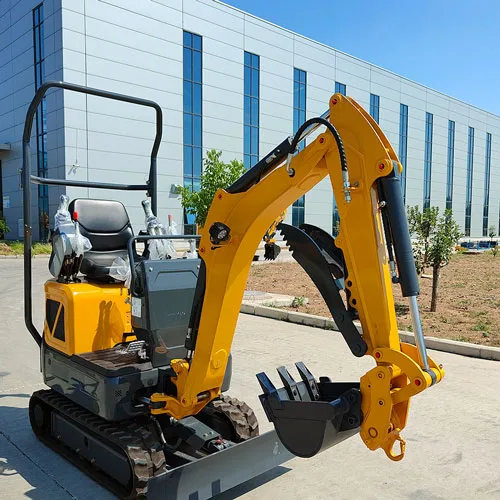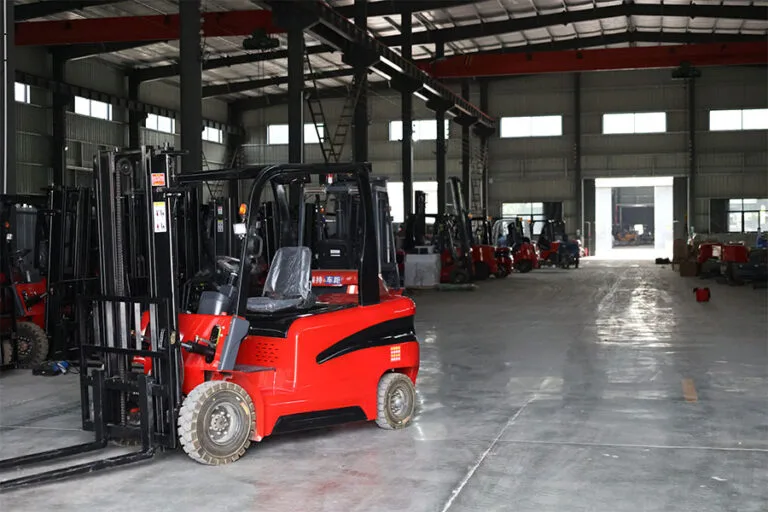Welcome to My Blog!
I’m thrilled to have you here! Before we dive into the content, let’s stay connected. Join me on my social media platforms for more insights, community engagement, and regular updates. Here’s where you can find me:
📌 Facebook: Shandong Huaying International Trade Co., Ltd.
Now, let’s embark on this journey together. I hope you find the content here not only insightful and engaging but also valuable to your interests. Let’s learn, grow, and connect!
Table of Contents
Introduction
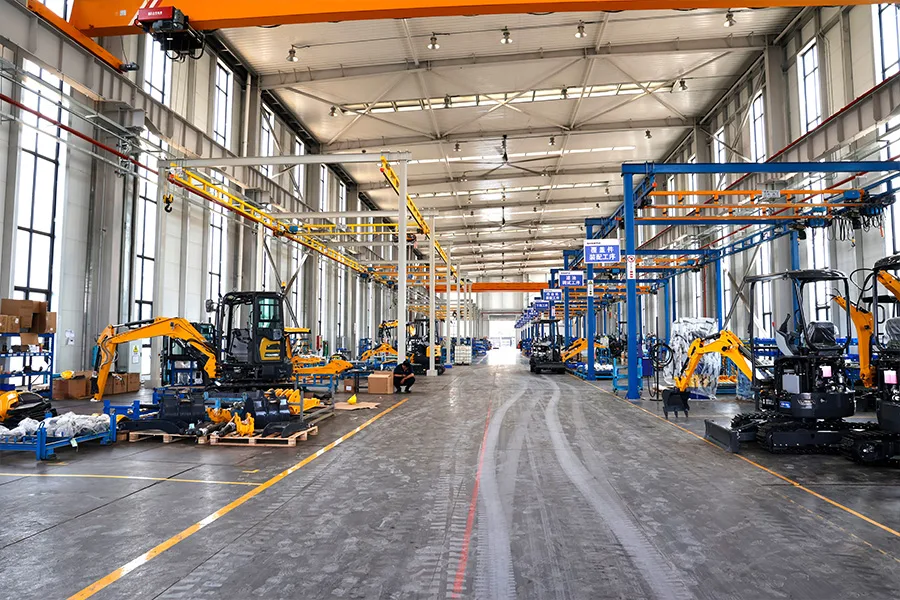
When it comes to construction, mining, or forestry, the right machinery can make or break a project. All terrain excavators have emerged as a go-to solution for professionals seeking power, versatility, and performance in rugged environments. But investing in one is a significant decision. Whether you’re upgrading your equipment or starting fresh, it’s easy to fall into costly traps. In this article, we’ll explore the seven worst mistakes buyers make when purchasing all terrain excavators—and how to avoid them.
Mistake #1: Ignoring the Terrain Requirements
Not all all terrain excavators are created equal. The term “all terrain” may imply universal capability, but different models are optimized for specific conditions such as mud, rocky surfaces, snow, or steep inclines. A common mistake is assuming that any model labeled for all terrain can operate effectively in every environment.
The importance of terrain compatibility cannot be overstated. An excavator designed for muddy conditions may not perform well on loose gravel or hard, icy ground. Likewise, some machines excel in forested areas with uneven elevation but struggle in open, sandy terrain. These subtle but crucial differences can determine the overall efficiency and durability of your equipment.
To avoid this pitfall, it’s crucial to assess the primary terrain of your worksite and match it with an excavator that is specifically designed for it. Track type, undercarriage design, and weight distribution play vital roles in performance. Consult with experienced operators, request demo models, and test machines in similar environments to ensure your selection can handle your most common jobsite conditions.
Mistake #2: Overlooking Attachment Compatibility
All terrain excavators often need to perform various tasks, from trenching to lifting and drilling. Failing to consider attachment compatibility can result in buying a machine that’s not versatile enough. Some buyers don’t realize until it’s too late that their machine won’t support essential attachments like hydraulic breakers, augers, or grapples.
Modern excavation projects demand multifunctional capabilities. Relying on a single-use machine reduces productivity and increases operational costs. By ensuring your all terrain excavator is compatible with a wide range of attachments, you prepare your business for the evolving demands of different job sites.
Before purchasing, ensure the excavator has universal quick couplers or a widely supported attachment system. This will enhance operational flexibility and long-term value. Also, verify the hydraulic flow capacity and control interfaces—some attachments require specific power outputs or control setups to function effectively. Investing in a versatile and adaptable platform gives you the flexibility to expand your capabilities without replacing core equipment.
Mistake #3: Underestimating the Importance of Operator Comfort
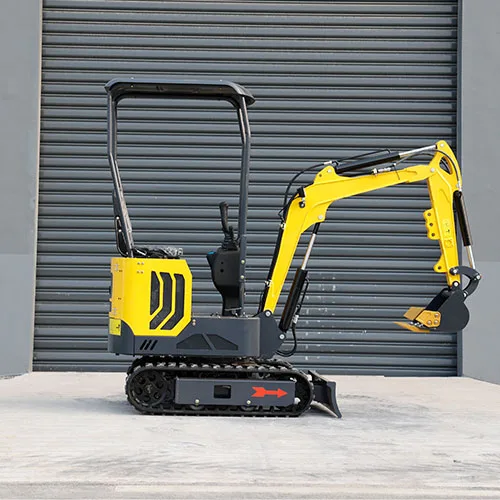
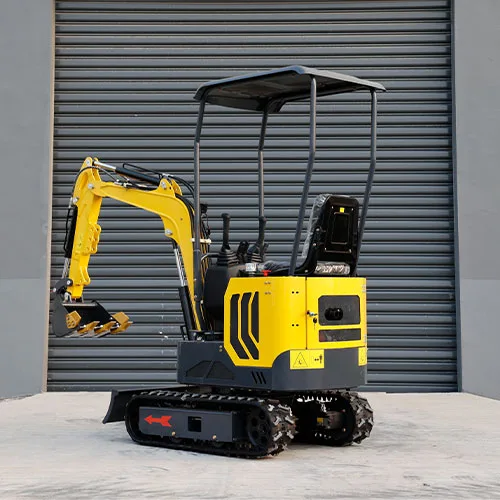
Operator fatigue is a hidden cost in any job. If the machine lacks ergonomic controls, climate-controlled cabins, or clear visibility, it can reduce productivity and increase errors. Many buyers focus solely on horsepower or lifting capacity, forgetting that a comfortable operator is a more effective one.
Think of the cabin as the operator’s workspace. Poor visibility, uncomfortable seating, and non-intuitive control layouts can lead to distraction, back strain, and decreased morale. Over long shifts, this leads to lower output, more frequent breaks, and even safety hazards.
Test the cab layout, seat adjustability, and visibility range. Ask for a demo if possible, and speak with other operators who have used the same model. Real-world feedback is invaluable. Also, explore models that include features like touchscreen displays, noise-reduction insulation, adjustable suspension seats, and HVAC systems. These elements directly impact day-to-day efficiency, especially in extreme climates or long-haul projects.
Mistake #4: Choosing Size Over Utility
Bigger isn’t always better. Some buyers opt for the largest available all terrain excavators, assuming that more size equates to more capability. However, oversized machines can be difficult to maneuver, require more fuel, and may even be overkill for smaller projects.
Choosing an excessively large machine often results in increased transportation costs, difficulty navigating tight worksites, and challenges in accessing confined urban areas. It can also create unnecessary wear on both the equipment and the worksite due to higher ground pressure.
Focus instead on operational efficiency. Match the size of the excavator to the scope of your projects. Consider factors like transportability, fuel consumption, and maintenance costs. In many cases, a compact or mid-sized model with the right attachments will outperform a bulky excavator when it comes to precision, agility, and total job cost.
Mistake #5: Neglecting Maintenance and Service Considerations
All terrain excavators are complex machines that require regular maintenance. A common buyer mistake is failing to evaluate service access, spare parts availability, and the reputation of the manufacturer’s support network.
Downtime is one of the most expensive consequences of owning heavy equipment. If your machine breaks down and parts are hard to find or technicians are not readily available, your entire project can grind to a halt. What seems like a minor issue can quickly become a logistical nightmare.
Machines that are hard to service or lack local dealer support can lead to extended downtime. Look into the frequency of maintenance intervals, ease of component access, and the training required for routine tasks. Request service manuals in advance and review them for clarity. Choose manufacturers with a global distribution network or regional support centers to ensure timely maintenance and parts delivery.
Table: Key Factors to Evaluate Before Purchasing All Terrain Excavators
| Factor | Description | Why It Matters |
|---|---|---|
| Terrain Compatibility | Check if the machine suits mud, rocks, snow, or mixed environments | Prevents poor performance and costly damages |
| Attachment Support | Ensure compatibility with needed tools like buckets and breakers | Enhances machine versatility and utility |
| Operator Comfort | Evaluate cabin features, ergonomics, and climate control | Improves productivity and safety |
| Size and Maneuverability | Consider machine dimensions and turning radius | Avoids over-investment and improves on-site efficiency |
| Serviceability and Support | Look into dealer network and maintenance simplicity | Reduces downtime and long-term costs |
Mistake #6: Failing to Research Ownership Costs
The initial purchase price of all terrain excavators is just the tip of the iceberg. Many buyers focus exclusively on upfront costs and overlook the total cost of ownership (TCO), which includes factors like fuel consumption, regular maintenance, insurance, operator training, and depreciation.
A more expensive all terrain excavator with superior fuel efficiency and reliability may offer better value in the long run. It’s important to evaluate operating hours, service intervals, and average repair costs. Ask your dealer for a comprehensive cost-of-ownership estimate and compare across multiple brands and models.
Budget-conscious buyers may find that a mid-tier all terrain excavator offers an optimal balance of initial investment and long-term performance. Consider lifecycle costs just as heavily as the sticker price to ensure your investment continues to pay off well into the future.
Mistake #7: Trusting Marketing Over Data
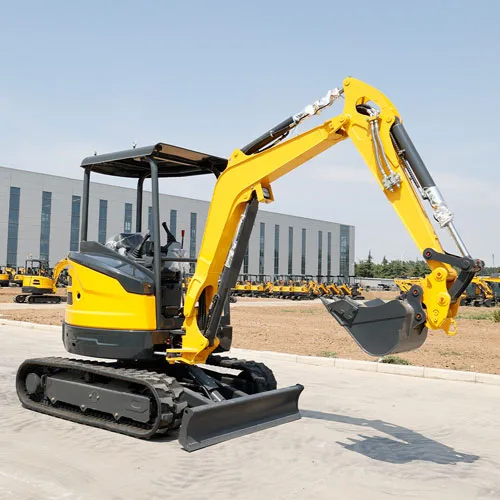
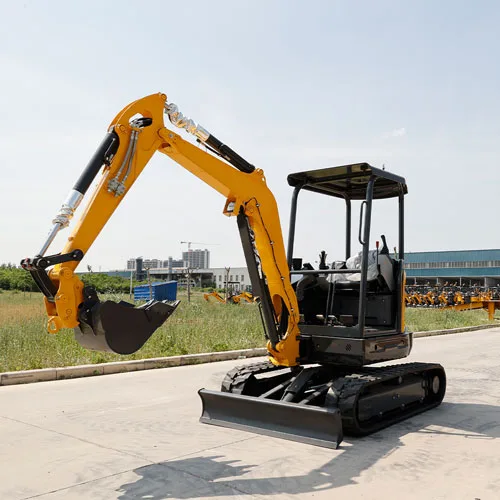
Marketing materials often highlight only the best features of all terrain excavators. Unfortunately, many buyers rely too heavily on brochures and sales pitches without digging into technical specifications, independent reviews, or real-world field data.
While marketing content is a good starting point, it should never replace comprehensive research. Seek out unbiased performance reviews, customer testimonials, third-party test results, and case studies. Visit construction forums or speak with seasoned professionals who’ve operated the specific model you’re considering.
If possible, schedule a field demo or visit an active job site where the all terrain excavator is currently in use. Seeing it in action—and talking directly to the operators—can provide insights you won’t find in a product catalog.
Conclusion
All terrain excavators offer a unique blend of power, flexibility, and mobility, but buying the right one requires due diligence. From terrain compatibility to long-term costs, each aspect should be carefully evaluated to avoid common mistakes. By learning from others’ errors and thoroughly assessing your options, you can make a smart investment that delivers reliable performance for years.
FAQ
What is the ideal size for all terrain excavators?
The ideal size depends on your project needs. Compact models work well in confined spaces, while larger ones are suitable for heavy-duty operations.
Are all terrain excavators more expensive to maintain?
Not necessarily. While they can be more complex, many models are designed with easy-access service points and longer maintenance intervals to reduce costs.
Can I use any attachment with an all terrain excavator?
Only if the attachment is compatible with the machine’s hydraulic and mounting system. Check with the manufacturer for approved accessories.
Do I need special training to operate these machines?
Yes, operators should be trained not only in machine controls but also in navigating diverse terrains safely.
How long do all terrain excavators typically last?
With proper maintenance, these machines can last 8–15 years or more, depending on usage frequency and operating conditions.

